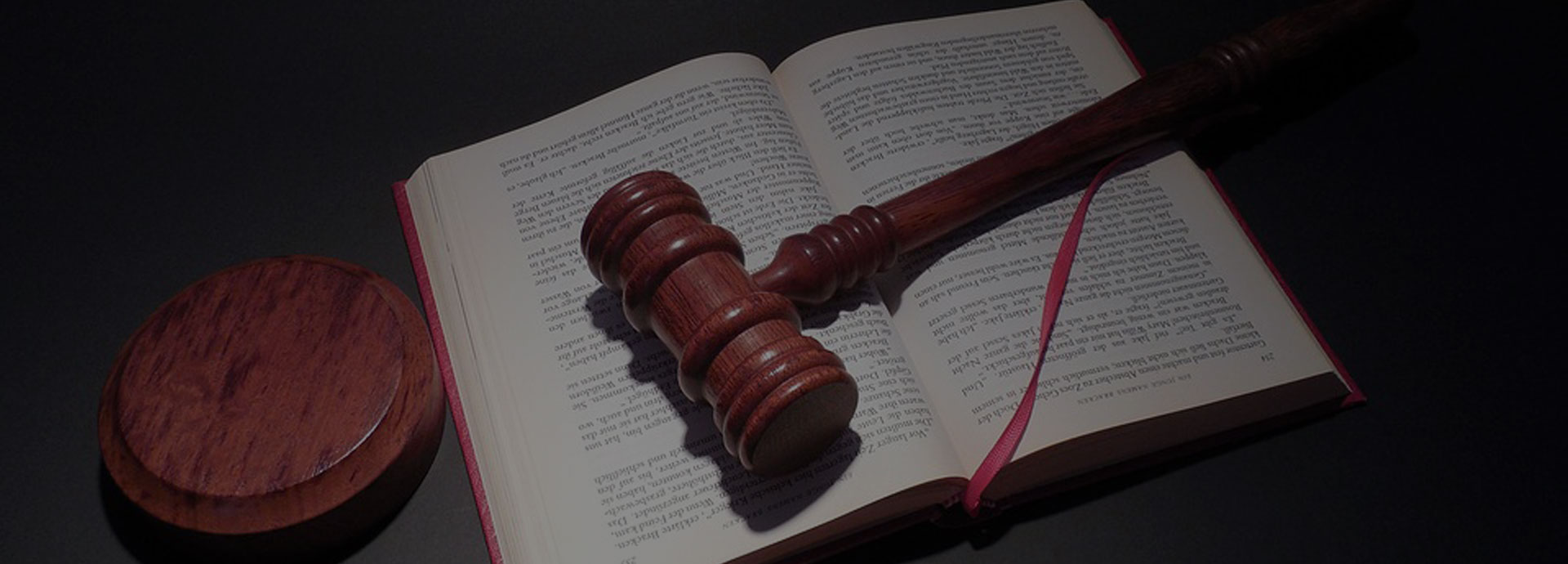01 Jul Free Minnesota Bankruptcy Forms for Do It Yourself Bankruptcy
Minnesota Bankruptcy Court does allow a self-prepared bankruptcy filing, meaning you can do it yourself. The purpose of this article is not to provide you with legal advice; instead, this article provides you with information on what is required to file your own bankruptcy in Minnesota. Contact one of the experienced attorneys at Bolinske Law with any questions: 952-294-0144.
The first form known as B 1 contains your personal information as well as general information about your creditors and a declaration that the information is true and correct. The exhibits to B1 include Exhibit “D” which declares that credit counseling has been taken within 180 days prior to filing. The taking of a credit counseling class is required either within 180 days prior to filing or within the first 30 days after filing. As a practical matter the class should be taken prior to filing.
Form B 6 is a summary of schedules listing Assets such as real and personal property and claimed exemptions and a total of liabilities. Form B 6 also contains the statistical summary of data. The data entered in the applicable schedules are transferred to this sheet.
Schedule A contained in form B 6A exists to list all real property owned by a filer and all real property in which the filer’s name appears or has an equitable or future interest.
Schedule B contained in form B 6B is a compilation of all personal property. Individual paragraphs exist for: cash on hand, bank accounts, household goods, clothing, jewelry, motor vehicles and many others. The key is to list all personal property and assets, failure to do so may be fraud and may result in a dismissal of the case without discharge or jail time.
Schedule C or form B 6C is the schedule that allows you to retain or keep certain property listed in Schedules A & B, exemptions are provided for each asset type. Bankruptcy code 11 U.S.C §522 is the area of the code that controls the federal exemptions. Minnesota statute controls the state exemptions. On Schedule C you will elect whether you choose federal or state exemptions, you cannot mix federal and state exemptions.
Schedule D contained in form B 6D lists creditors who hold secured claims. Secured claims are typically mortgages or loans for cars.
Schedule E on form B 6E exists to list creditors who hold unsecured priority claims such as domestic support obligations and taxes.
Schedule F, form B 6F will list creditors who hold unsecured non priority claims. Unsecured claims are credit cards, personal loans, healthcare debt and auto deficiency debts. Each creditor needs to be listed once along with their address and the amount owed.
On Schedule G, list any unexpired leases on form B 6G leases would include apartment or home leases and automobile leases. On Schedule you will have the option to assume or reject the lease.
Schedule H, B 6H lists the name and address of codebtors and the creditor who the debt was co-guaranteed.
Schedule I on form B 6I will contain all income information including employment information, wages, overtime, payroll deductions and any other sources of income including but not limited to roommate contributions, dividends, government aid, second jobs.
Form B 6J or Schedule J lists your monthly expenses by individually listing: mortgage payments, rent payments, Utilites, Food, Clothing, Medical, Auto Payments and any other expenses experienced during the month.
Finally after completing the schedules you will declare that the information is true and correct on Form B 6 Declaration Concerning Debtor’s Schedules.
Form B 7 is the Statement of Financial Affairs or “SOFA”. On the SOFA you will complete paragraphs 1-18 by following the information in the paragraphs and the definitions. If a business has been operated or you are a 1099 employee paragraphs 19-25 will also be completed.
For each secured asset you are required to state your intention. Form B 8 asks whether you will be surrendering or retaining the property that is secured (cars and houses).
Form 22A or B 22A is the statement of current monthly income and means test calculation. Your gross monthly income for the prior six months will be used in the means test to determine whether you qualify for a chapter 7 unless some exception applies Your most recent 90 days of pay stubs will also be included along with form http://www.mnb.uscourts.gov/local-rule-part-i. The payment advise form will need an original signature.
Finally after full review to ensure that all debts and assets and income is correct you will sign the Signature Declaration or form B 19 . Your original signature is required for this document. In addition you will provider your social security number on form B 21. Your social security number must not be listed on any other form. In addition you are required to certify that you will cooperate with the process in the Notice of Responsibilities: http://www.mnb.uscourts.gov/local-forms which also requires an original signature.
The list of all documents necessary to file in a self-prepared bankruptcy in Minnesota are contained in the following link: http://www.mnb.uscourts.gov/chapter-7-process-debtors-without-attorney
In order to file bankruptcy you will need to pay the current filing fee of $335.00 unless you make a application pursuant to form B 3A or B 3B.


No Comments